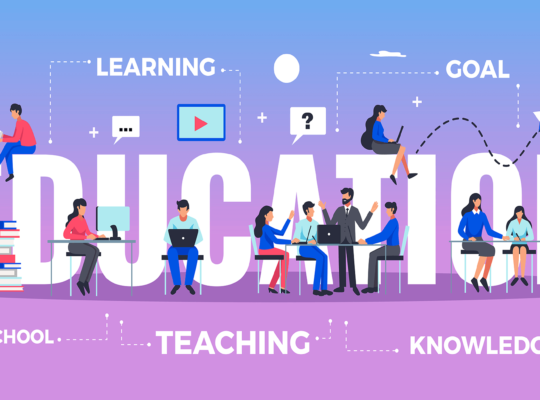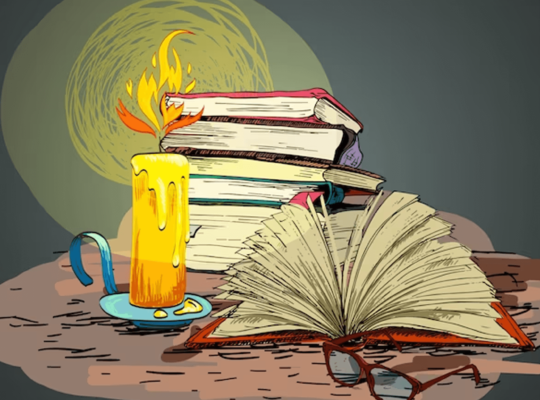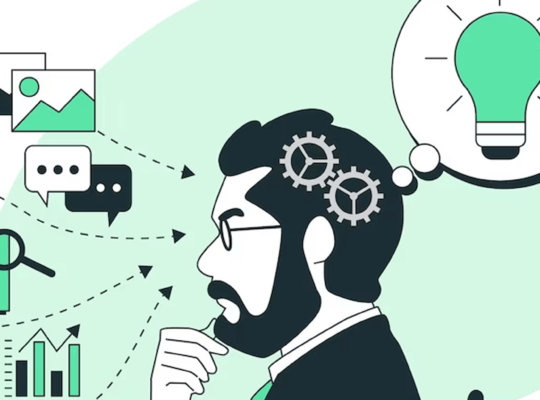One area where experts have provided valuable insight is in the realm of digital technologies and their impact on the arts. With the rise of streaming services, social media platforms, and other digital tools, artists and creators are now able to reach a wider audience than ever before. However, this has also led to concerns about the impact of these technologies on the traditional business models of the arts and cultural industries.
According to a report by the National Endowment for the Arts, cultural equity is essential for ensuring that all Americans have access to the arts and that all voices are heard in the cultural conversation. The report notes that cultural equity involves recognizing and addressing historical and systemic biases that have limited access to the arts for certain groups of people.
Another report by McKinsey & Company, the rise of digital technologies has created both opportunities and challenges for the arts and culture sector. On the one hand, digital tools can help artists and cultural organizations to engage with audiences in new and innovative ways. For example, many museums and galleries now offer virtual tours and interactive exhibits that allow people to experience their collections from anywhere in the world.
However, the report also notes that the shift towards digital platforms has led to a decline in revenue for many traditional arts and cultural institutions, as consumers increasingly expect to access content for free or at a low cost. This has led some experts to call for new business models that can support the arts and culture sector in the digital age.
Another area where experts have provided valuable opinions is in the realm of cultural diversity and representation. With the rise of globalization and the increased mobility of people and ideas, the arts and culture landscape has become more diverse and inclusive than ever before. This has led to a growing recognition of the importance of diversity and representation in the arts and culture sector.
According to a report by UNESCO, cultural diversity is essential for the sustainable development of societies. The report notes that cultural diversity can help to promote social cohesion, foster creativity and innovation, and support economic growth. However, the report also highlights the need for policies and programs that support cultural diversity and ensure that all voices are heard in the arts and culture sector.
In addition to these areas, experts have provided valuable opinions on a wide range of topics related to the face of arts and culture today. From the role of the arts in promoting social justice to the impact of globalization on cultural heritage, there is no shortage of important issues to consider.
Ultimately, experts have provided insights into the future of the arts and culture sector, including the impact of new technologies, changing demographics, and emerging trends. Some experts predict that the rise of artificial intelligence, virtual reality, and other technologies will transform the way that people experience and interact with the arts. Others predict that the arts and culture sector will continue to become more diverse, inclusive, and global, with new voices and perspectives emerging from all corners of the world.
The arts and culture landscape has experienced a dramatic shift in recent years, with new technologies and global trends leading to a more interconnected and diverse world. As we look to the face of arts and culture today, it is important to consider the opinions of experts in the field who can help us navigate this changing landscape.

Meet Sir Faisal Amin – a visionary educator and content management expert, who has made a lasting impact in the education sector with his unwavering commitment and passion.



















